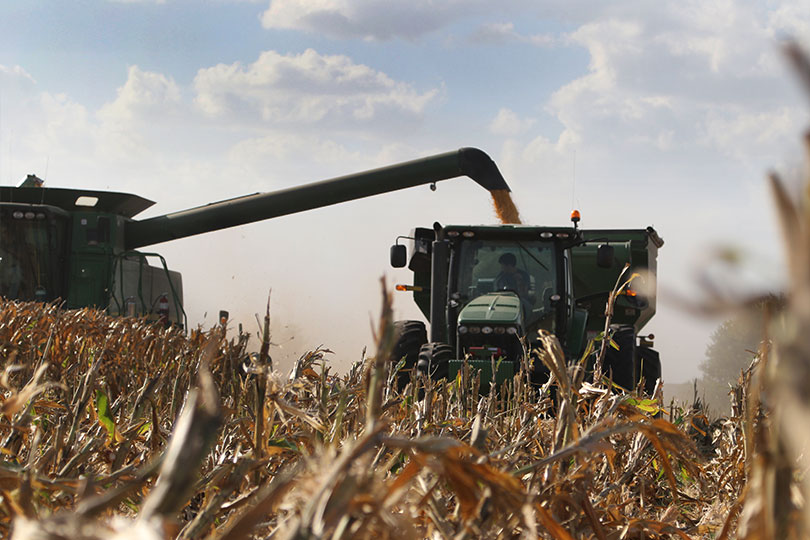By Jennifer Whitlock
Field Editor
Major portions of American agriculture showed significant improvement in farm income and agricultural credit conditions in the fourth quarter of 2020, according to the latest Federal Reserve District Ag Credit Survey.
“Agricultural credit conditions improved in the fourth quarter alongside increases in commodity prices and strong support from government payments,” Cortney Cowley and Ty Kreitman, Federal Reserve Bank of Kansas City economist and assistant economist, wrote in a summary of survey results.
The analysts said increased farm income is likely the primary driver of improvement in agricultural credit conditions.
Farm income was higher year-over-year in all Federal Reserve districts.
A late-year boost in many commodity prices and record Chinese demand for commodities included in the phase one U.S.-China trade deal, combined with increased federal farm program support, pushed 2020 net farm income up 23 percent over the previous year to the highest it’s been since 2013.
“Despite tumultuous conditions related to the ongoing pandemic throughout 2020, the prices of several key agricultural commodities increased sharply in the final months of the year,” Cowley and Kreitman said. “Dramatic improvements in crop prices drove the sharpest turnaround in agricultural lending conditions in more than a decade.”
Various other measures of agricultural credit improved in the final quarter of the year.
Farm loan repayments increased for the first time since 2013, survey data showed. The rate of loan repayment increased over a year ago for all districts except Dallas, with the fastest pace of increase coming from the Minneapolis and Chicago districts.
Loan demand is down on average across all districts, and fund availability increased at the fastest pace since 2013, according to agricultural lenders. Loan demand declined at the quickest rate in the Dallas district while liquidity growth was strongest in the Chicago district.
Cropland values across the central U.S. increased, as well. In Texas, non-irrigated cropland values for the fourth quarter were up 5 percent. Lower interest loans have likely provided some support to farm real estate values, the survey report noted.
“Stronger economic and credit conditions in the sector also supported gains in farm real estate in numerous regions,” the authors concluded. “While continued weakness in cattle markets and harsh weather conditions still left headwinds for some producers, the overall outlook for agricultural credit conditions going into 2021 was markedly more optimistic than recent years.”
To view the Federal Reserve Bank of Kansas City’s summary, click here.
Data on land values, variable interest rates, fixed interest rates and credit conditions from previous Ag Credit Surveys is available here.

